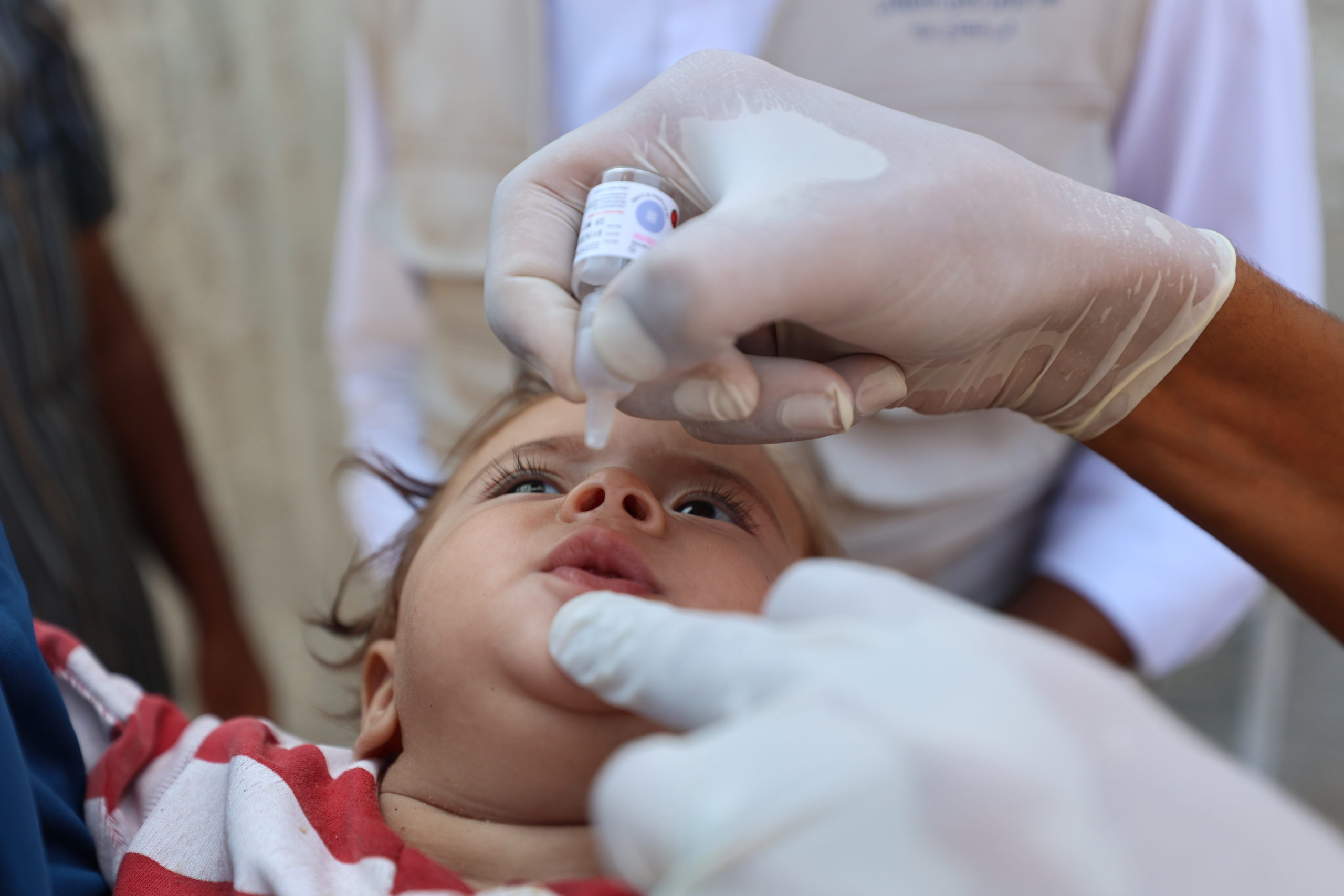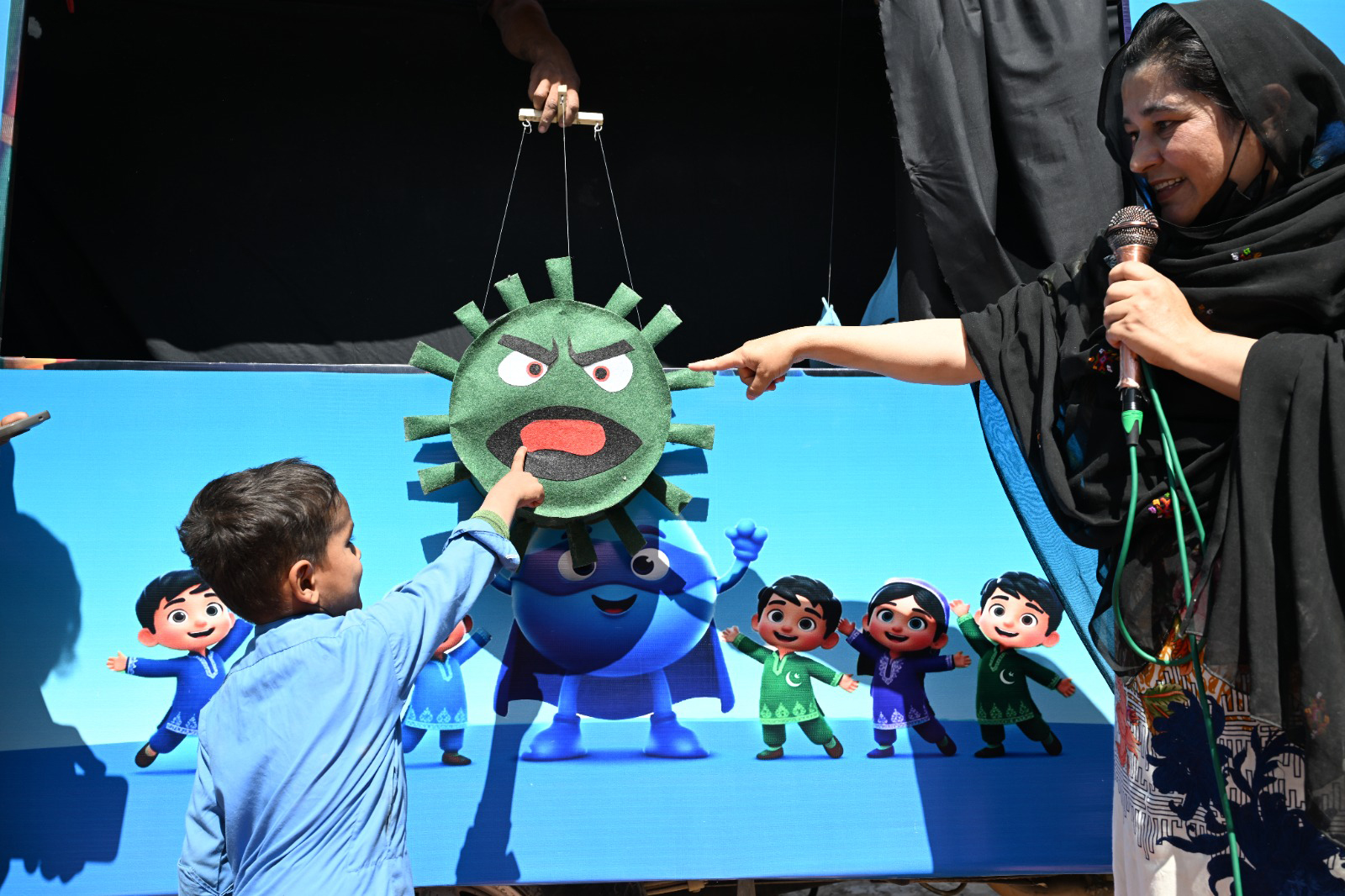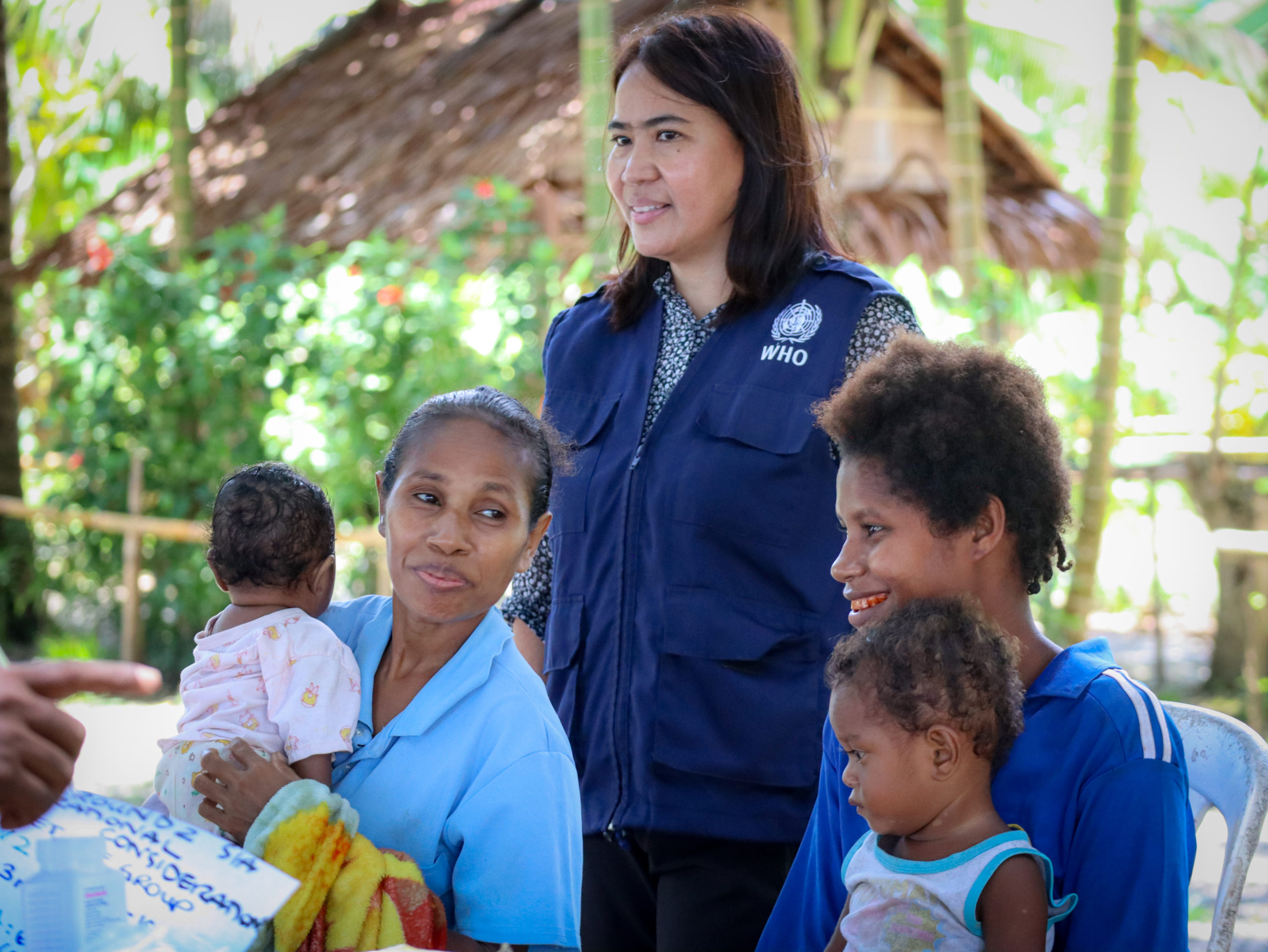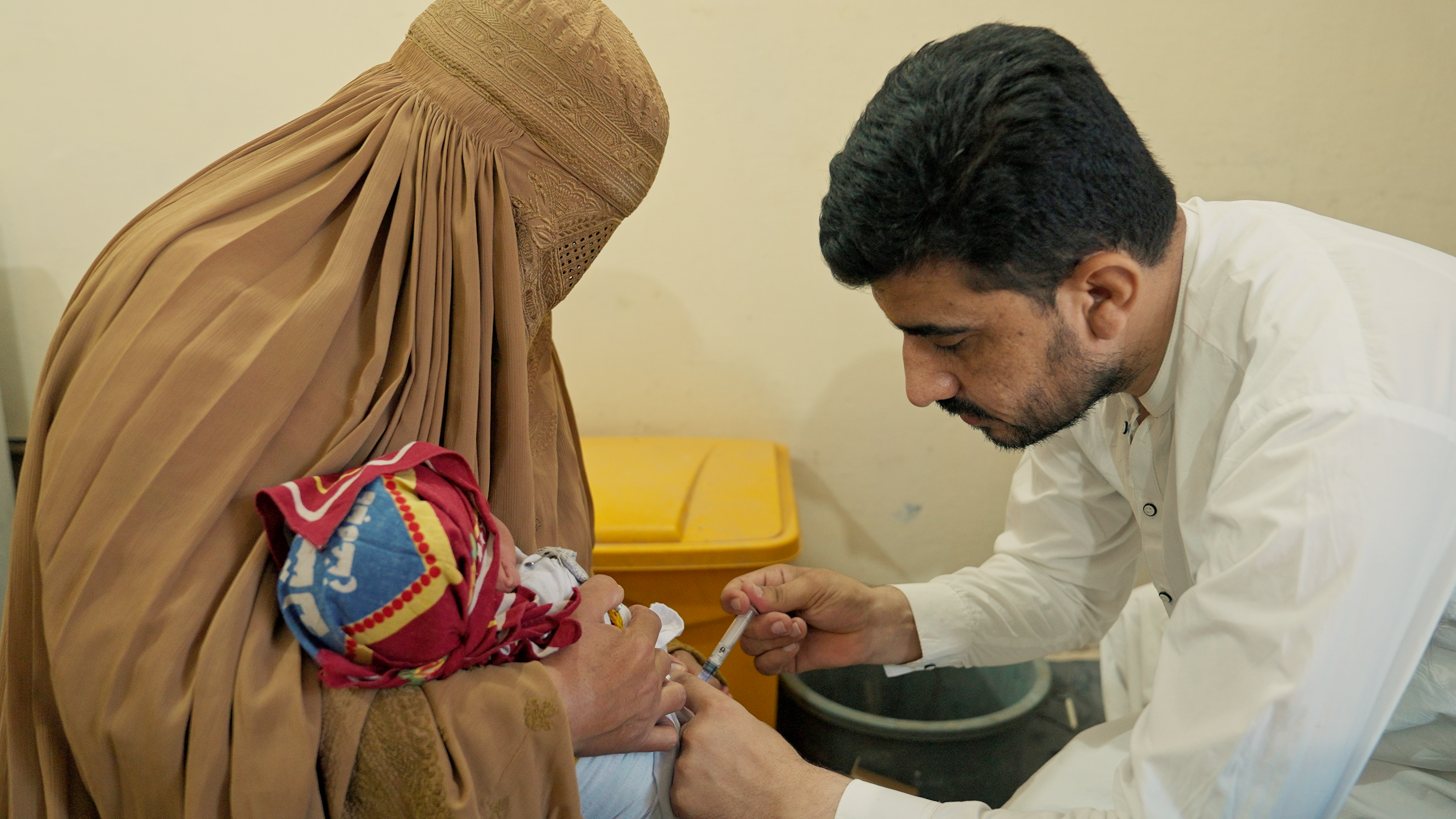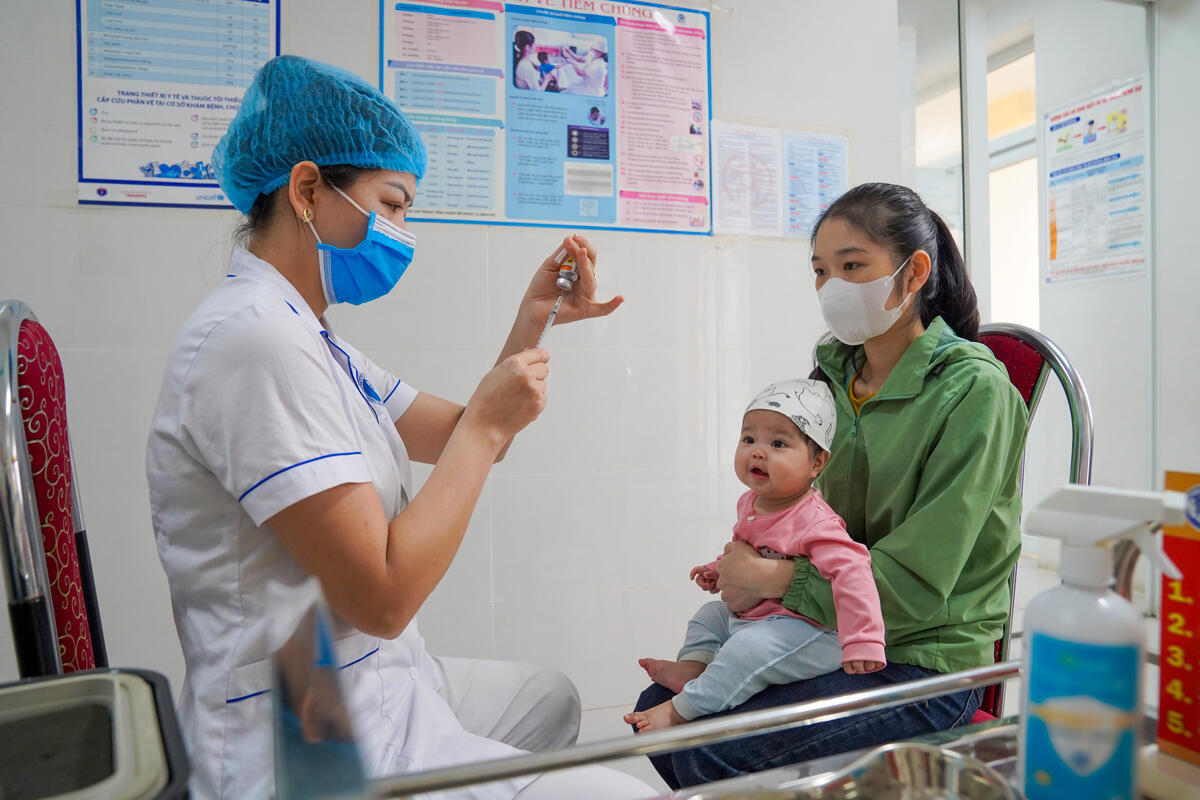
The newly released WHO/UNICEF Estimates of National Immunization Coverage (WUENIC) for 2024 offer a snapshot of global progress in childhood vaccination but also a reminder of the work still ahead to end polio for good.
Global coverage for the third dose of polio vaccine (POL3) in 2024 is reported at 84%, consistent with 2023 levels, but still below pre-pandemic coverage of 86% in both 2018 and 2019. This lingering gap poses a challenge for eradication efforts, which rely on consistently high routine immunization to build and sustain population immunity and prevent outbreaks.
The WUENIC data show encouraging signs of recovery in many countries, especially those implementing catch-up campaigns. However, gaps persist ─ particularly in fragile and conflict-affected settings, where zero-dose prevalence remains high and routine services are hardest to sustain.
Polio eradication hinges on robust routine immunization systems that can reach every child, everywhere. Supplementary campaigns play a critical role, but they are designed to reinforce, not replace, essential services. As countries work to restore and strengthen routine coverage, the Global Polio Eradication Initiative continues to support efforts to reach every child with polio vaccines, and to close immunity gaps that leave communities vulnerable.
“Polio eradication isn’t a standalone effort; it’s intricately tied to our wider immunization goals,” stated Dr Jamal Ahmed, WHO Director of Polio Eradication. “To truly protect children and finish the job, we must keep investing in routine immunization systems, especially in the most challenging areas to reach.” said Dr Jamal Ahmed, Director of Polio Eradication at WHO. “The world must continue to invest in routine systems, especially in the hardest-to-reach areas, to protect children and finish the job.”
For more details on the WUENIC 2024 estimates and what they mean for immunization globally, read the joint WHO/UNICEF press release and explore the WHO Immunization Data Portal.
